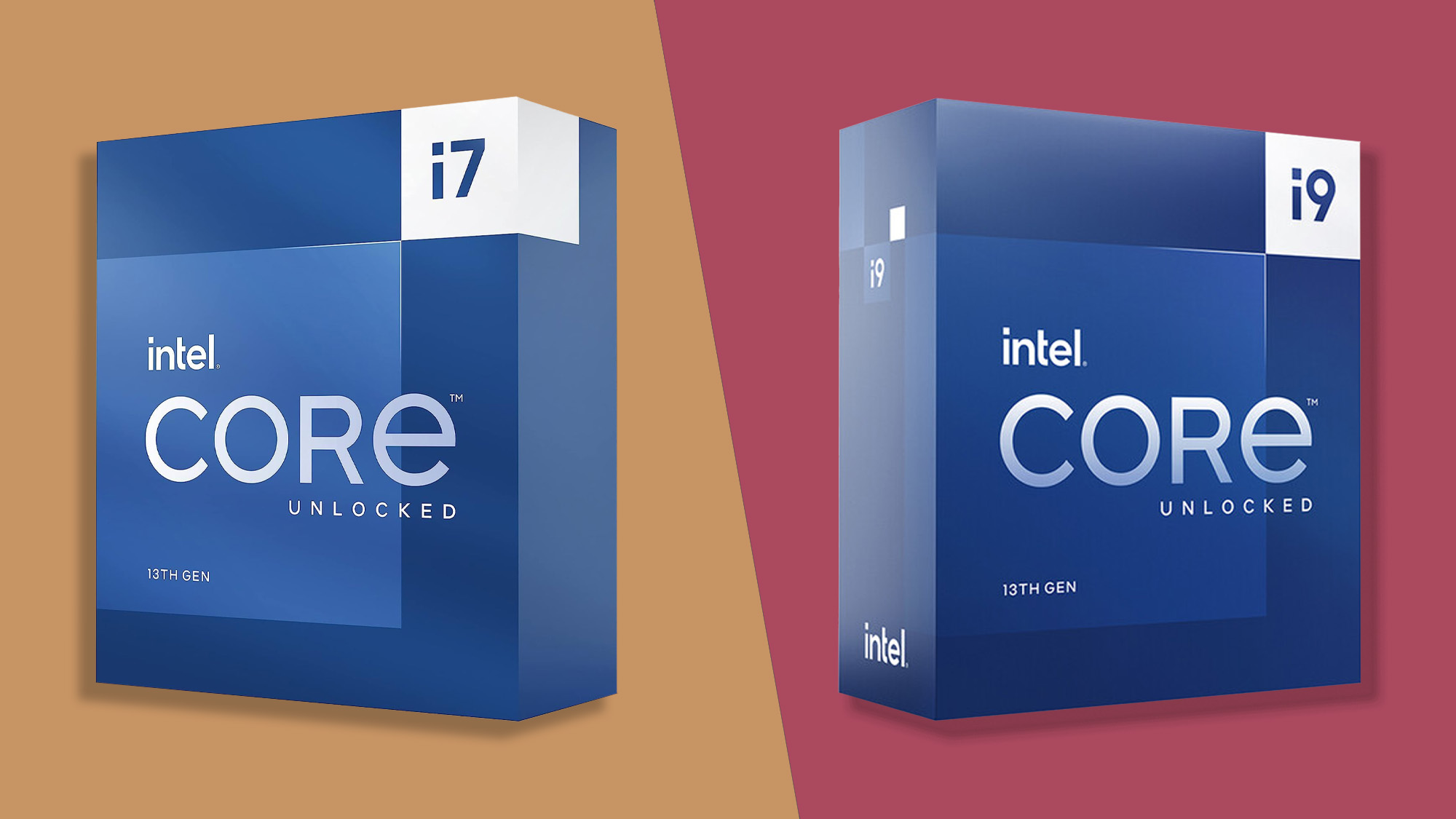Intel extends warranty for unstable CPUs – here’s what buyers of 13th and 14th generation chips need to know

Intel has taken another step toward mitigating the problems with its 13th and 14th generation processors, which have been plagued by instability and crashes. The warranty on CPUs from these generations has been extended by two years.
According to a statement from Thomas Hannaford, communications manager at Intel, all Raptor Lake and Raptor Lake Refresh CPUs now come with a five-year warranty, up from the standard three-year warranty.
Hannaford writes: “Intel is committed to ensuring that all customers who have or are currently experiencing instability symptoms on their 13th and/or 14th Gen desktop processors are supported through the exchange process. We stand behind our products and in the coming days we will share more details regarding the extended two-year warranty for our boxed Intel Core 13th and 14th Gen desktop processors..”
“In the meantime, if you are experiencing or have experienced instability symptoms on your Intel Core 13th/14th Gen desktop system:
“Users who purchased systems from OEM/system integrators can contact their system manufacturer’s support team for further assistance.
“Users who purchased a CPU in a box can contact Intel customer service for further assistance.
“At the same time, we apologize for the delay in communication, as this is a difficult problem to solve and to determine the cause definitively.“
Please note that the warranty is extended to five years only for boxed processors, as mentioned in the first paragraph.

Analysis: What should you do if you own one of these CPUs?
There are a few things to be aware of in terms of what action you may want to take. If you have purchased an Intel CPU from these generations and are experiencing ongoing issues with instability (the occasional fleeting crash can happen to any PC), we would immediately contact Intel as advised above for boxed products, or the company you purchased your PC from if the processor was in a pre-built computer.
Simply put, get your CPU replaced, although you will likely have to jump through some hoops with Intel support in terms of checking and diagnosing the chip. If you are experiencing persistent crashes, we would strongly urge a replacement at this point.
What is unclear is whether or not the replacement CPU that is being sent back to you will be bulletproof when it comes to these stability issues. Intel has a microcode patch coming out in mid-August that is intended as a preventative measure to prevent the processor from degrading and suffering from reliability issues. Will this be included in future CPUs? Or will the patch have to be manually applied upon release? If the latter, you may want to wait until the patch arrives before installing and running the replacement CPU in your PC, for obvious reasons.
Once that patch is installed – or at least included on the chip – your new CPU should be fine from then on. Although we’re still not thrilled that Intel hasn’t fully identified the root causes of these issues. (Despite Hannaford’s hint that it is definitive (as far as we know, Intel is still investigating the root cause of the issue in the above statement, or at least we haven’t heard anything concrete to the contrary).
Intel has previously told us that a major cause of the instability is elevated voltages, which the microcode patch addresses – but that’s not necessarily the only factor at play. We simply don’t know if there are other gremlins in the making, and note that the patch most likely won’t do anything at all for CPUs that are already affected (and which have been suffering from the problem for a while and are getting worse, based on reports).
It’s worth noting that Intel previously stated that the issue occurs with CPUs with a TDP of 65W or more, so if you have a processor below a Core i5, you shouldn’t experience this issue at all.

What if you have a Core i5, Core i7 or Core i9 processor from the 13th or 14th generation families, but it doesn’t stutter or crash? Well, hopefully you should be good to go after the microcode update later this month.
The concern in this scenario is that there could be hidden damage to the chip that isn’t causing reliability issues yet, but could eventually manifest much later. It’s presumably because of this concern that Intel has extended the warranty coverage to five years, to reassure people that they won’t be left in the lurch.
Is five years enough for a processor’s lifespan? Ideally, we want a chip to last longer than that – and of course it can – but while this extra warranty coverage is clearly good, it doesn’t fill us with complete reassurance.
Either way, if you’ve noticed any signs of reliability issues with one of these Intel processors over the years, we wouldn’t hesitate to initiate a return while you’re still under warranty. In this case, we feel it’s definitely better to err on the side of caution with any hints of instability issues (though don’t panic if your PC crashes every now and then – this happens to all machines, of course).
The other tricky part of all this is the oxidation issue, which Intel has admitted only affects earlier 13th-gen CPUs, in that we still haven’t been given exact batch numbers of chips that might be affected by this issue (apparently it’s a separate issue from the instability gremlins). It seems like this is also something Intel is having a hard time tracking down, but again, it’s causing a lot of quibbling from those with previous-gen Raptor Lake CPUs who just want some clarity on whether or not their chip might have the oxidation blues – and need to be replaced.
Intel still has a lot to figure out here, and with Ryzen 9000 CPUs just around the corner, Team Blue could be in trouble when it comes to the next-gen CPU battle. The danger is that this whole fuss will scare off potential buyers of Intel’s incoming Arrow Lake desktop processors, and with Ryzen 9000 arriving much sooner, potentially with attractive prices if a new leak is accurate, it seems like Team Blue is in a decidedly dire situation right now.




